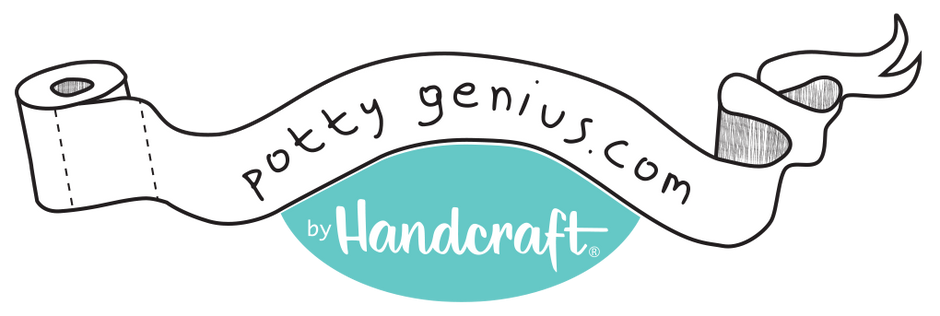Learning to control the bladder and bowels is a significant rite of passage that we all embark on during the toddler years. While this pilgrimage is universal, the way it is done varies significantly across cultures and throughout time. Potty training rites, today, look completely different than they did in earlier centuries. In fact, kids today take nearly twice as long to potty train as kids fifty years ago, which is likely because modern parents tend to let their child take the lead.
In the late 1800’s and early 1900s, parents in America would put cloth diapers on their babies in order to train them as early as possible to reduce their workload. Some of their methods were quite harsh and would probably make child development experts today cringe. They wanted the child to go in a designated pot rather than dirty a diaper that they would have to clean. One way they accomplished this was by trying to force the child to relieve himself at a specific time by using enemas or suppositories.
From the early 1900s to the 1930s, parents continued to try to get their babies to eliminate at designated times, but they did so in different ways. They would put them on strict laxative schedules which doctors approved and encouraged once a baby hit the age of 6 months. This was far from a healthy choice. Fortunately, it didn’t last long. In the late 1940s and 1950s, potty training shifted completely. This was due primarily to the invention of the disposable diaper as well as the improvement of washing machines, which made cloth diapering easier and more convenient.
At this point, disposable diapers were expensive, so most moms still cloth-diapered, which left them motivated to get their children out of diapers early. They attempted to get their child to the designated potty area at the right time by learning their cues, a method that is still common today in some cultures. But, they didn’t use harsh methods or try to force the child. Pediatrician Dr. Benjamin Spock encouraged mothers to leave toilet training up to the child and to hold off starting until the child was physiologically ready. The average potty training age during this time was 18 months.
By the 1980s, disposable diapers became much more affordable, so parents weren’t as motivated to potty train early. The American Academy of Pediatrics also encouraged a 100 percent child-centered approach to potty training, which further delayed the age that children achieved bladder and bowel control. Pediatrician, Dr. T. Berry Brazelton, is primarily responsible for popularizing this notion but has been criticized for his financial relationship with Pampers, with many questioning his motives. He wasn’t the only one who had an influence on potty training in America.
Psychoanalyst Freud and developmental psychologist Erik Erikson both placed great emphasis on the importance of potty training as a developmental milestone, and that improper potty training techniques could cause traumas that would lead to emotional issues or personality disorders later in life. Both encouraged gentle potty training methods with positive reinforcement. Today most parents tend to follow this approach. Disposable diapers are also cheaper and more convenient than ever. With more working mothers than ever before, it is not uncommon for a child to remain in diapers until age 3 or later since diapers are cheap, and training takes considerable time and commitment.
In the 1950’s nearly 100 percent of babies wore cloth diapers and were potty trained before they hit 18 months. Today, over 90 percent of babies wear disposable diapers and only around 10 percent complete potty training by 18 months. The average age a child completes potty training today is 30 months. Now, just how important is it that a child be potty trained by a certain age? Is it okay that we are taking longer? Does it really make any difference later in life? The answer is likely no. While there haven’t been any long-term studies on the subject, you probably wouldn’t notice any real differences in an adult based on how early or late they were potty trained. However, delayed potty training does have significant environmental and economic impacts that should be considered.

